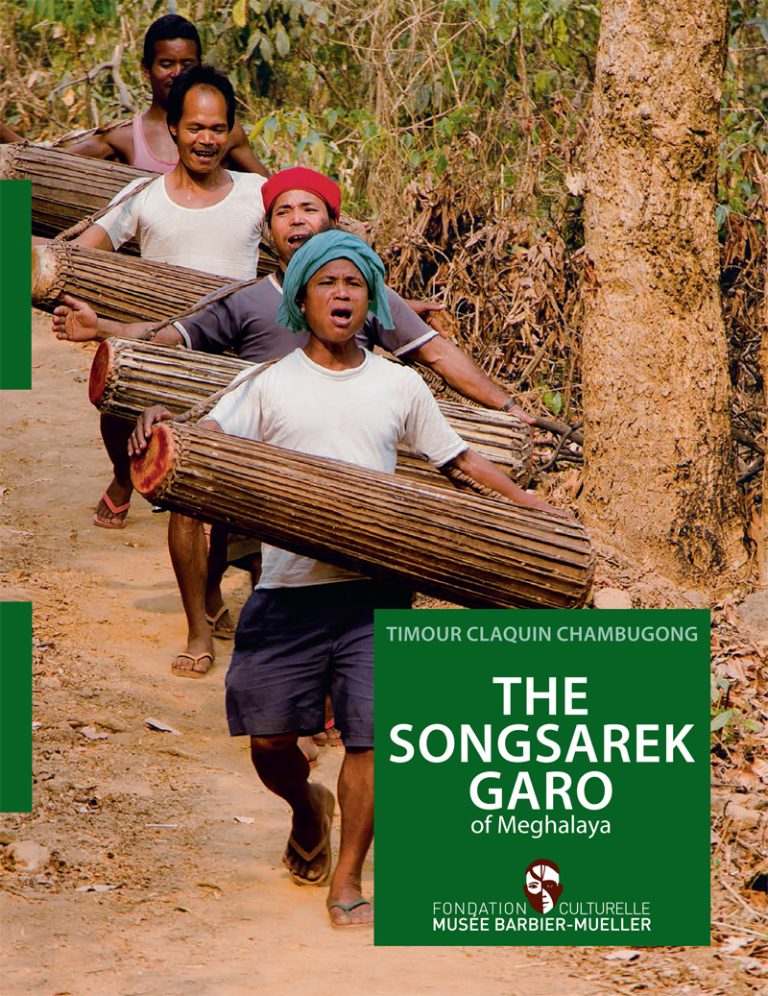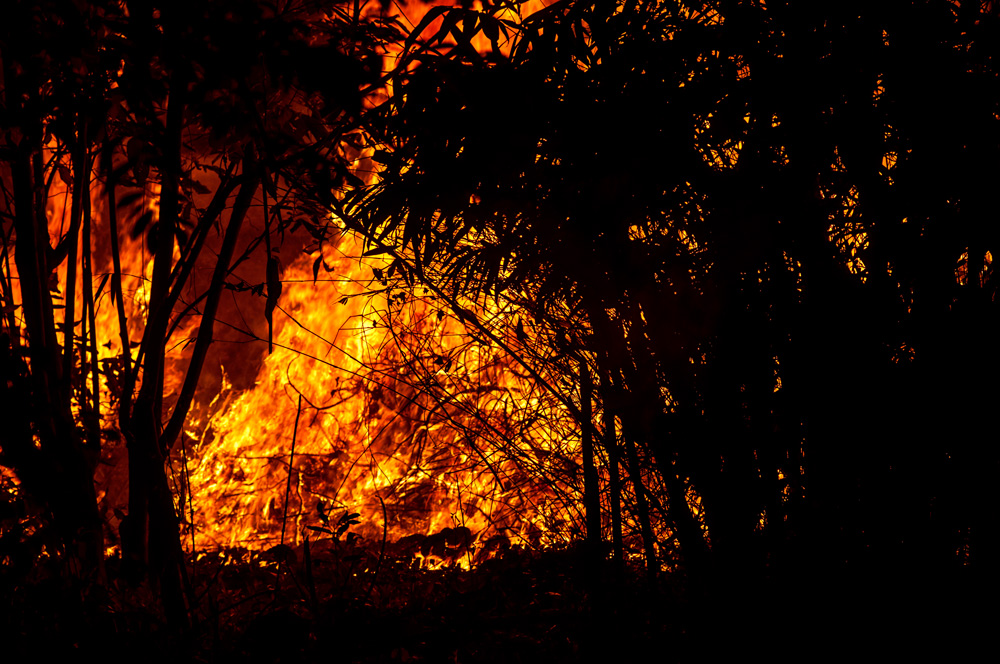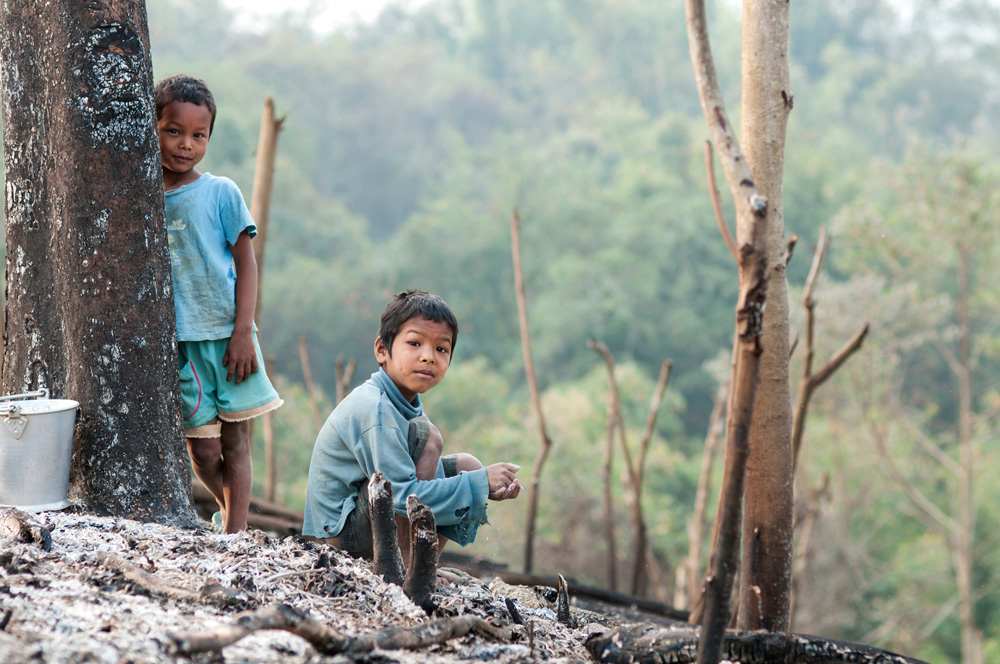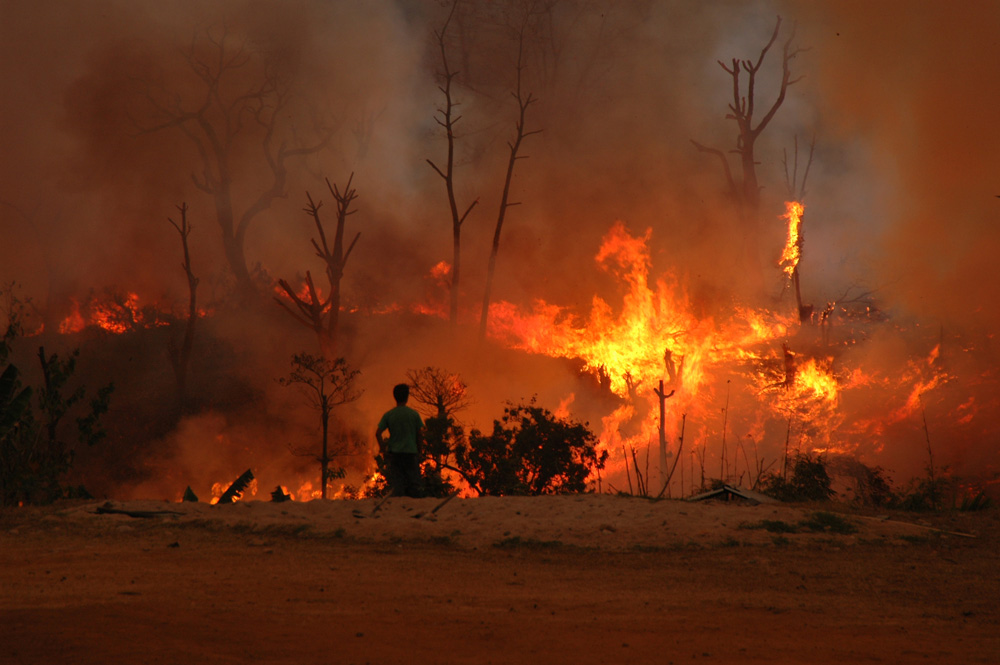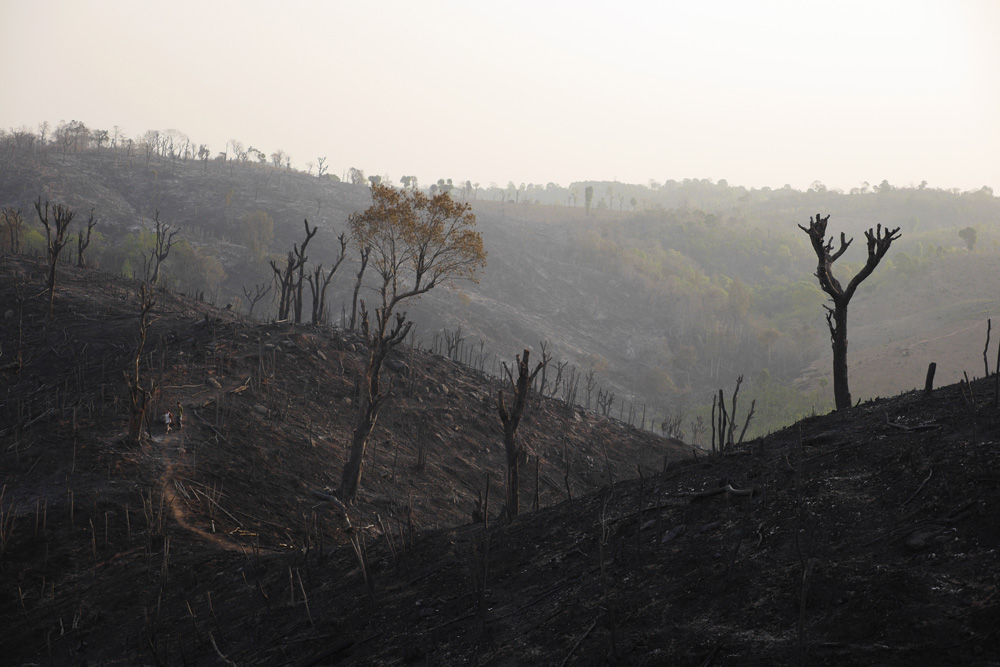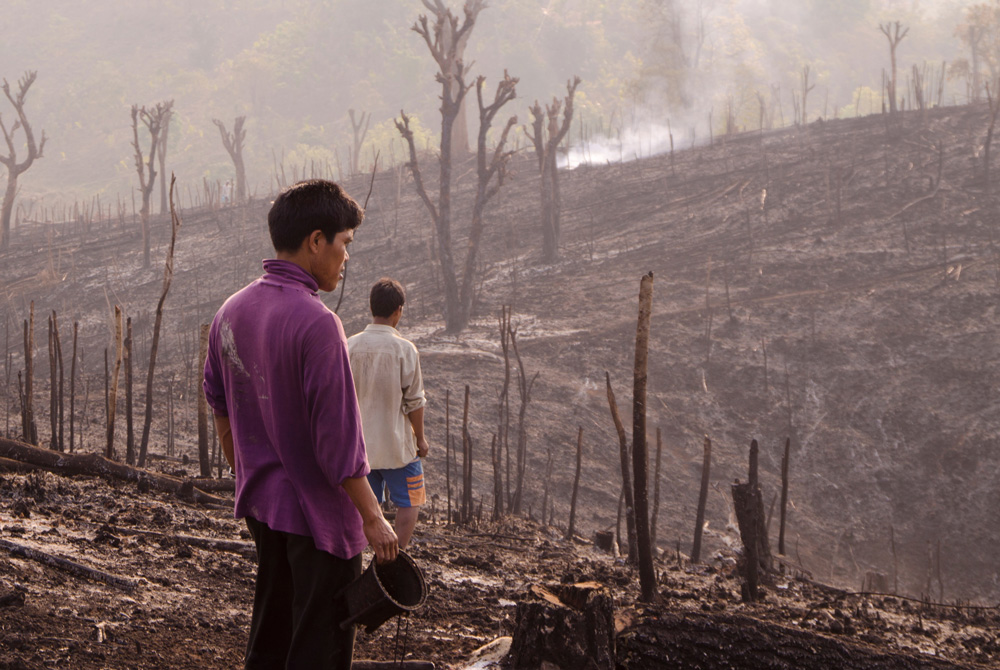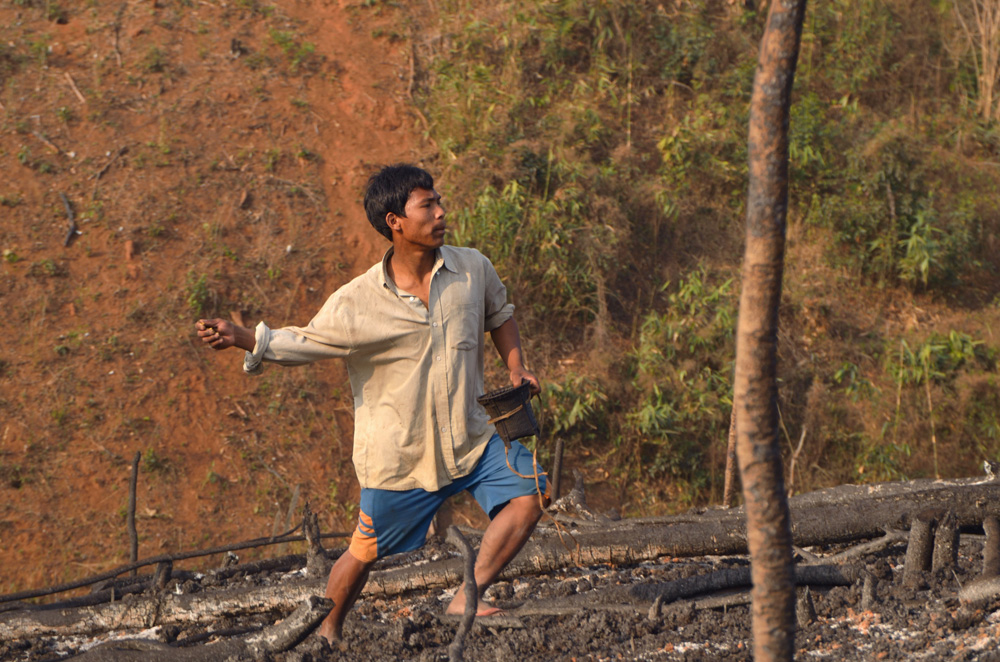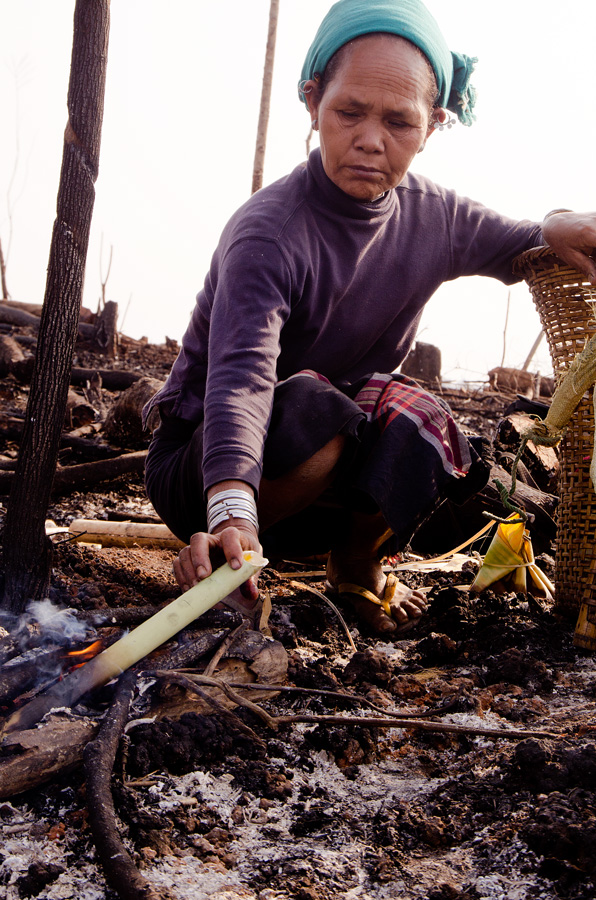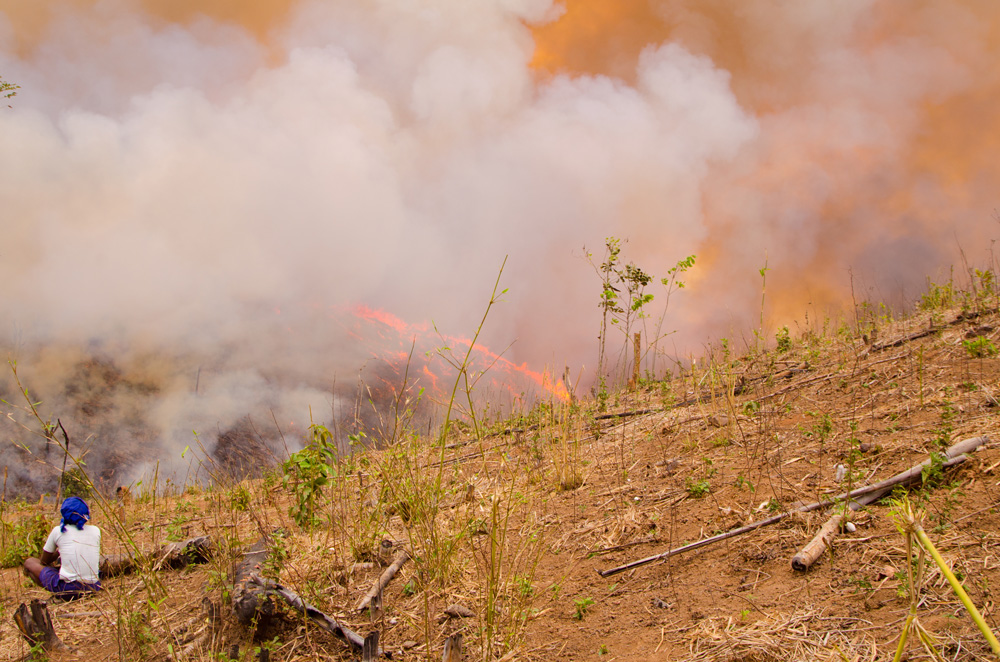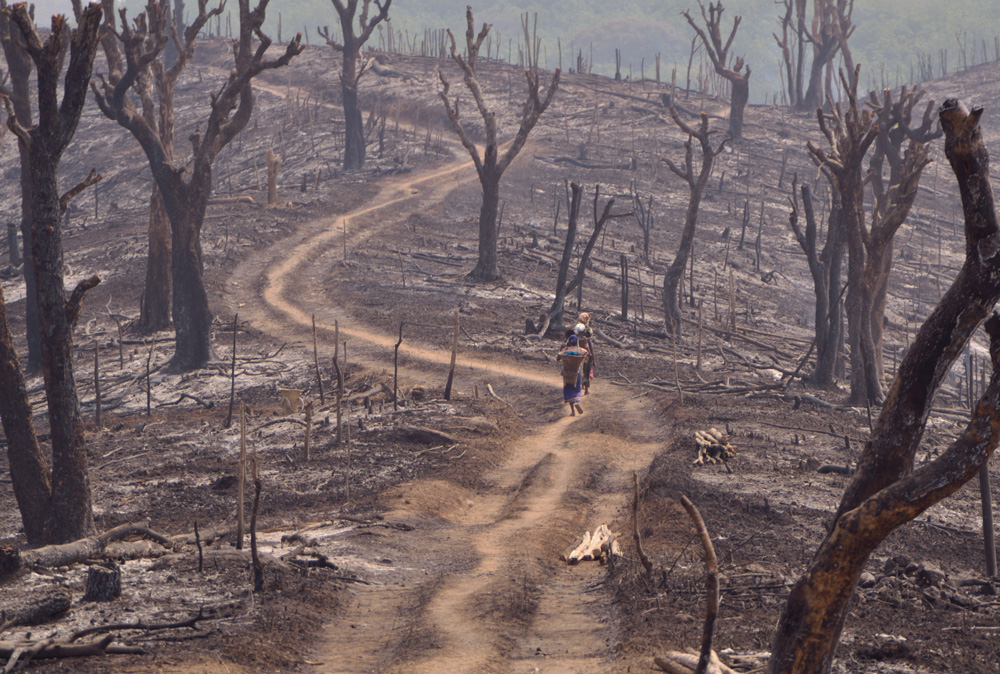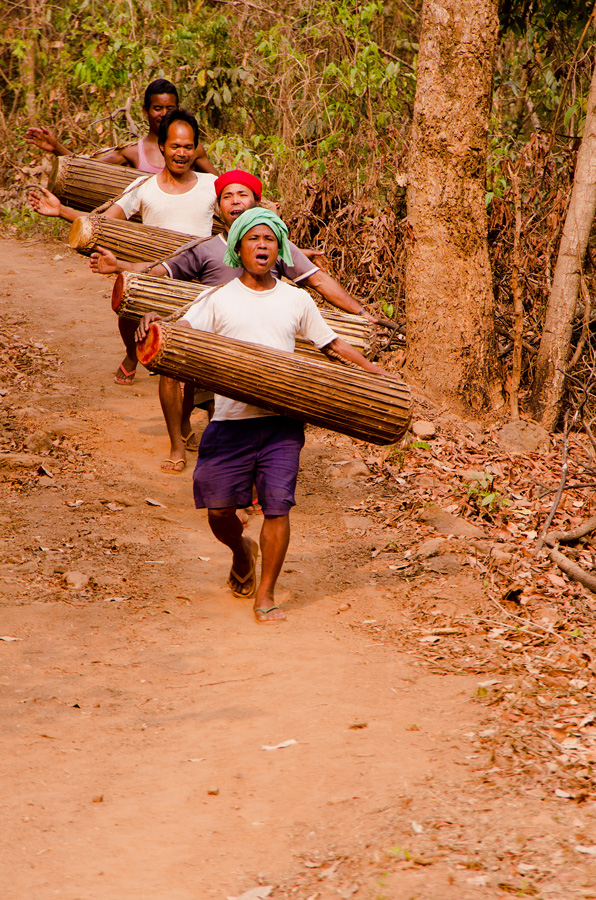TIMOUR CLAQUIN CHAMBUGONG
Garo society is relatively well known in the anthropological literature for being matrilineal, uxorilocal (matrilocal) and matrifocal. The regions of India (and what is now Bangladesh) where the Garo live, came under British administration in the nineteenth century. Conversion to Christianity in the Garo Hills region of Meghalaya in north-eastern India began in the second half of the nineteenth century and intensified throughout the twentieth century, via administrative institutions and the educational system. A minority of villagers practise Songsarek, the pre-Christian religion, and they live alongside Christianized villagers: an accurate estimate of the number of followers of this local animist religion remains unknown. Various images have come to be associated with the SongsarekGaro, including that of holding onto a certain Garo “tradition”, of being the guardians of memory and of a rich oral literature. Slash-and-burn agriculture, an agrarian system that has been practised since prehistoric times, remains widespread among the villagers of that region, which is composed of hills and tropical forests. The Songsarekceremonies are based on a cycle that depends on this mode of agriculture.
The objective of this study, the result of field research, is to reach a better understanding of the relations and interactions that govern the daily life of certain Songsarekvillagers in the Garo Hills region of Meghalaya. Focusing on the rites at the beginning of the agrarian cycle, so illuminating on and situating the rite known as agalmaka, which is an integral part of the social life of the villagers, this book also highlights the environmental changes and transformations the Garo are facing.

